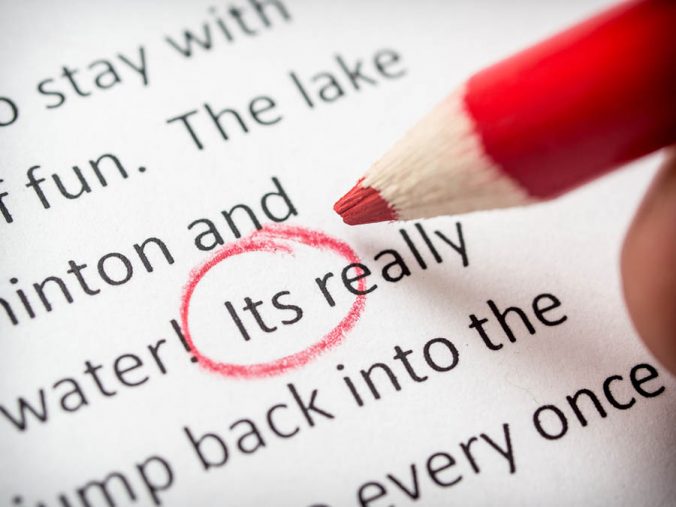Any translation including nepali to english must be completed with a thorough review by the author of the work. However, for a high-quality result, the translation text must be proofread by at least one more person. It is best if proofreading is done by a native speaker. This is done in order to detect and correct various lexical, grammatical, syntactic and semantic errors. After proofreading, also called proofreading, it will be possible to obtain a 100% equivalent translation, preserving not only the meaning, but also the style of the original text.
The person doing the proofreading should get down to business with a “fresh eye”. It is imperative to make notes for the translator so that he can return to them and revise them. Marks can indicate more than just errors. In this case, you will need to explain to the translator why you need to pay attention to a certain passage.
This type of editing is especially suitable for the press and books, since it is here that it is important to preserve the stylistic originality of the original text. Proofreading is also required for documents that require notarization.
Proofreading of the translation should be carried out in parallel with the review of the original text. While checking the translation, the editor can partially replace it, or rewrite it completely, applying his own amendments and taking into account all the norms of the language. The price of proofreading can vary from 20 to 60% of the translation cost, depending on the efforts of a native speaker, but in most cases this service costs 50% of the translation cost. You can find out about the prices for proofreading in our company on our website in the “Prices” section.
To obtain a flawless translation, adequate and equivalent in all respects, it will be beneficial if the proofreading is done by as many people as possible, since everyone will be able to notice additional points that require attention. Today, according to European standards, editing is recommended to be done by at least two people, the author of the translation and another native speaker. This principle of “at least four eyes” is very important, although it is voluntary.

